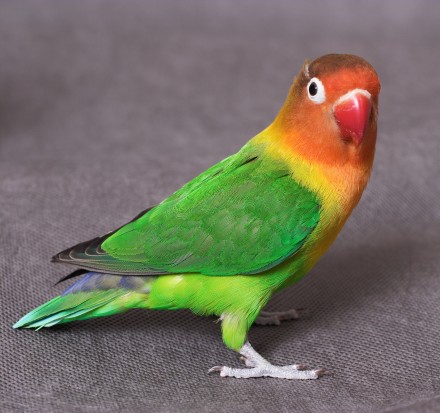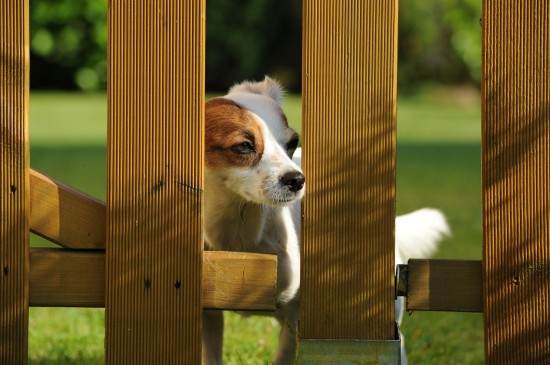Bird feeders in Colonial Days were quite different梐s different as transportation. No longer does modern man or woman travel in a horse and buggy. And no longer do we expect our aviary friends to sleep and eat out of a 揵ird bottle? Birds?lives have changed just as the lives of humans.
Birding in Colonial Days consisted of clay bottles hung under the eaves of the homes of colonists. As throughout history where men and animals have worked together, there was, also, a practical reason for these clay bottles. The Carolina wrens would hang around these bottles and patrol the unscreened windows to assure that insects did not enter the home.
The 損itcher?were mounted horizontally on the walls. They featured a 3-inch by 3-inch hole and a 5-inch nesting cavity. The bottles had a tab with a small hole at the base of the entry area that held a twig that encouraged the small birds to perch and linger. In appreciation, the birds would keep the insects away from homes, gardens and orchards.
As all of technology has changed from the days of the colonials, so have bird feeders and bird houses. No longer are clay pots used as bird feeders and bird houses. But pretty and ornate wooden bird feeders and houses are used, not only for their practical purposes but for their ornate capabilities. Bird feeders in the shape of 19th century gazebos, lighthouses and Victorian houses and bird houses in the style of 18th century colonial homes and barns make for a warm reminder of days gone by.
Various styles of birding paraphernalia can be found to warm the hearts of friends of birds alike. The results of this pairing, however, have not changed since Colonial days. Wild birds are well-cared for and their landlords are far freer of insect vermins in their yards.

 Common Lovebird Illnesses
Common Lovebird I
Common Lovebird Illnesses
Common Lovebird I
 More Information On The Kerry Blue Terrier
More Information
More Information On The Kerry Blue Terrier
More Information
 Dealing With A Roaming Dog
Dealing With A Ro
Dealing With A Roaming Dog
Dealing With A Ro
 Some Advice And Things To Think About If You Wish To Breed From Your Pet Dog
Some Advice And T
Some Advice And Things To Think About If You Wish To Breed From Your Pet Dog
Some Advice And T
 Remember that Ventilation is a Most Important Feature of Chicken Houses
Remember that Ventilation is a Most Important Feature of C
Remember that Ventilation is a Most Important Feature of Chicken Houses
Remember that Ventilation is a Most Important Feature of C